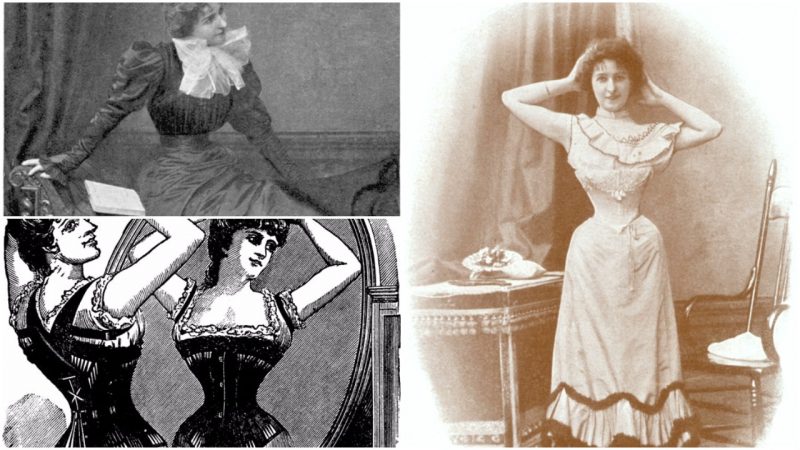An extreme practice, known as tightlacing, or corset training, experienced a surge of popularity during the 19th century, although wearing a corset made its debut in the 16th century.
Used to produce a slim waist by cosmetically modifying the body, the practice means wearing a tightly-laced corset. It could be uncomfortable, and worse.
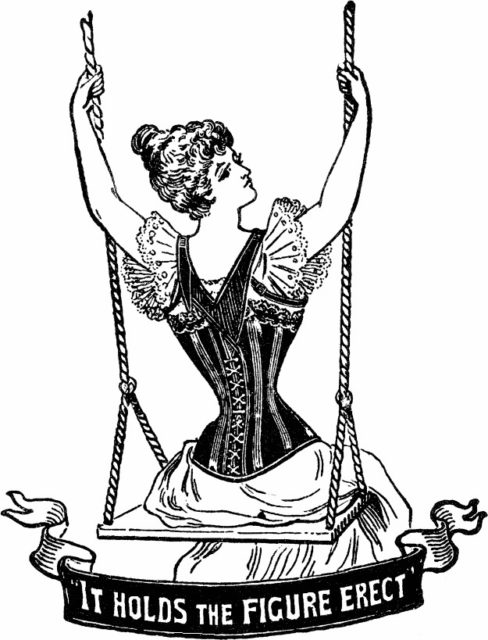
It’s known that women would suffer pain for beauty, but extreme practices such as tightlacing could reportedly do injury to the inner organs.
Tightlacing not only modifies the waist but also changes the bustline, raising breasts upwards, flattening the stomach, and improving posture.
Male and female Minoans of Crete were believed to be the pioneers of the practice, which became common during the 16th century and would remain as a fashion trend until after the French Revolution.
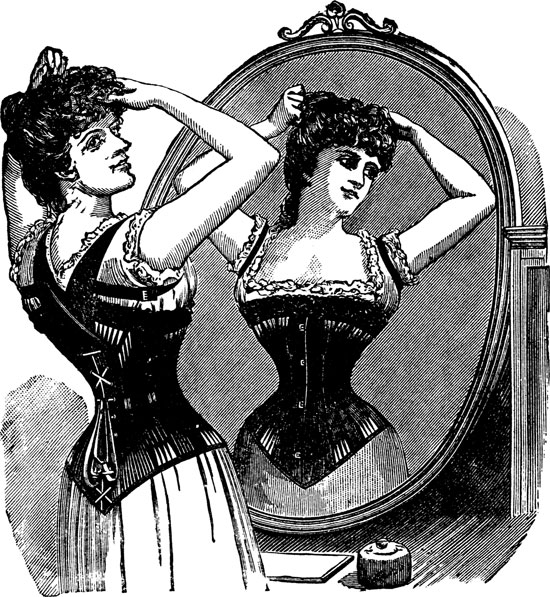
The first corsets were mainly designed to turn the torso into a desired cylindrical shape and to narrow the waist. Having shoulder straps ending at the waist, the corsets were used to push the breasts up, making their curving tops peek over the corset. Undoubtedly, the corset gave women the sought-after grace under the high-waisted dresses, marking the era of aristocratic high fashion.
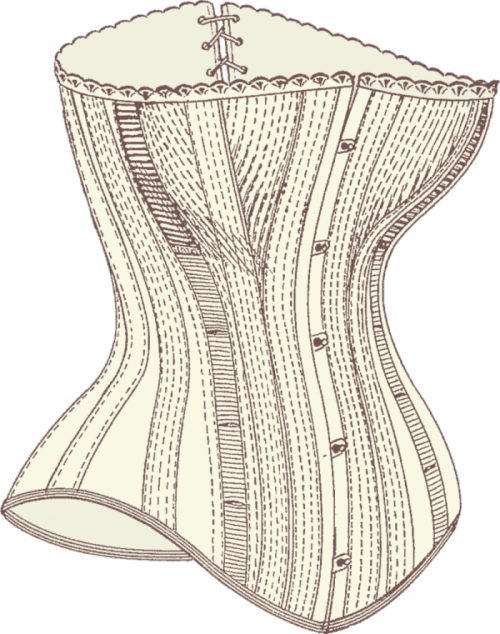
Many different styles of the practice came and went over the years. In the 1830s, the extended shoulders disappeared, leaving the upper part of the body bare. A decade after, the practice was taken to the extreme. Young women used tightlacing, especially during important occasions such as balls or fashionable gatherings.
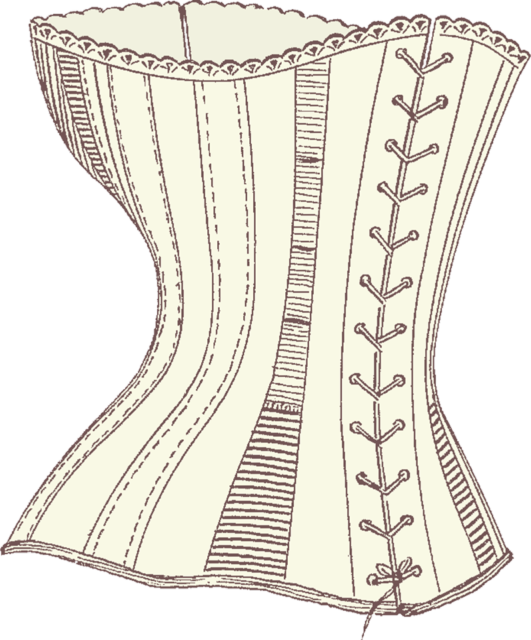
While tightlacing was still a trend, the Victorian and Edwardian eras once more changed the design of corsets, extending their length for several inches below the waist. Corsets like this curved with the figure, instead of giving the body its usual cylindrical shape. Many of them were sewn by hand. However, a thriving market for cheap corsets appeared due to the high demand from the ladies. As the Victorian era came to an end, rumors about the fatal health consequences of the practice started spreading. It was believed that tightlacing caused tuberculosis, and women who wore the corsets were often condemned for their vanity and seen as slaves to the practice.
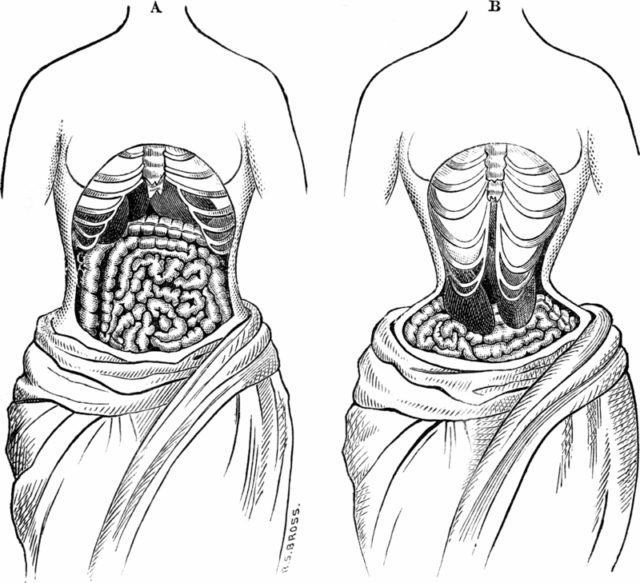
Although fashion always changes, the desired style remains, and when tightlacing began to be condemned, those faithful to the trend persisted. Despite the efforts of dress reformers to eliminate the corset, it seemed like the small-corseted waist wasn’t easy to give up.
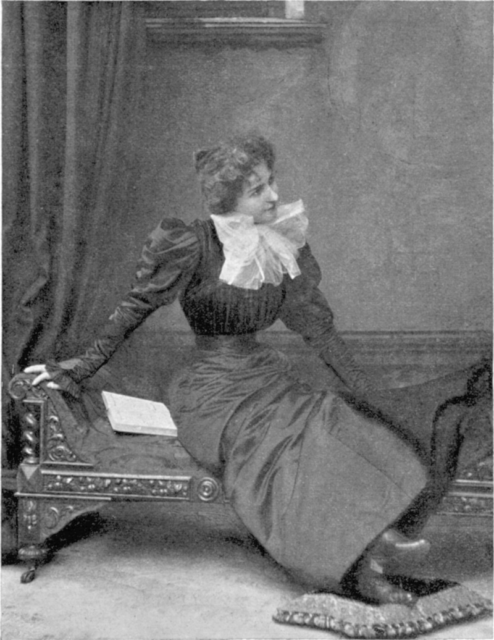
Finally, at the beginning of the 1900s, women stopped favoring the corset and wore more practical clothing brought to the fore by the Artistic dress movement.
Couturiers like Fortuny and Poiret started designing the exotic, alluring costumes in draped silks that revealed the youthful. natural bodies of the women. Even those who didn’t have such a body enjoyed the illusion of having a perfect shape thanks to the new fashionable costumes.
As for the corset, the once famous piece of clothing entered the world of fetish, excluding the laces. Today, corsets are worn usually as costumes as a single piece, instead of beneath the dress.
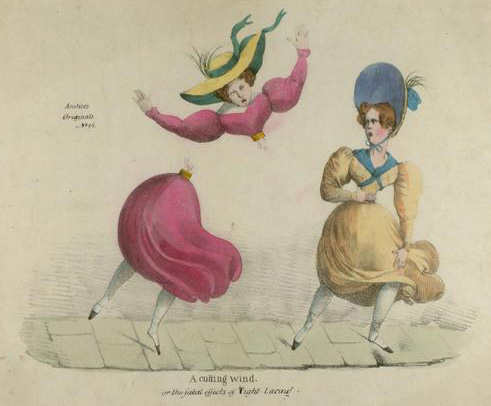
Many women suffered to create history with their tightlacing. One of them was Ethel Granger, the woman with the smallest waist ever recorded.
A fanatical tightlacing proponent, Granger achieved a waist of 13 inches, a reduction of more than 10 inches that few women were able to accomplish.
